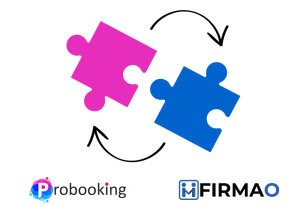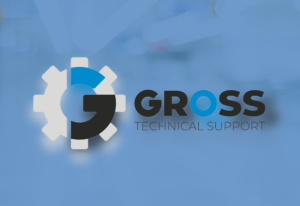
Fixed and variable costs are the two main categories of costs that businesses encounter. Understanding these classifications can help a business make informed decisions about budgeting, pricing, and profitability.
Fixed costs refer to expenses that do not vary with changes in a company’s production or sales volume. They are expenses that a business incurs regardless of its level of output. Examples of fixed costs include rent, salaries, insurance, and property taxes. These expenses are considered to be more stable and predictable than variable costs.
Variable costs are expenses that change in proportion to the company’s production or sales volume. As the volume of production or sales increases, so do the variable costs. Examples of variable costs include raw materials, direct labor, and commissions. These expenses are often considered to be more uncertain and harder to predict than fixed costs.
By understanding the distinction between fixed and variable costs, a business can better allocate its resources and make informed decisions. For example, by identifying which expenses are fixed and which are variable, a business can determine its break-even point, or the level of sales necessary to cover all of its expenses. This information can then be used to price products and services and make decisions about which products or services to offer.
Check out our CRM system that will help you improve your management in your company.
Follow our Facebook for more information.




